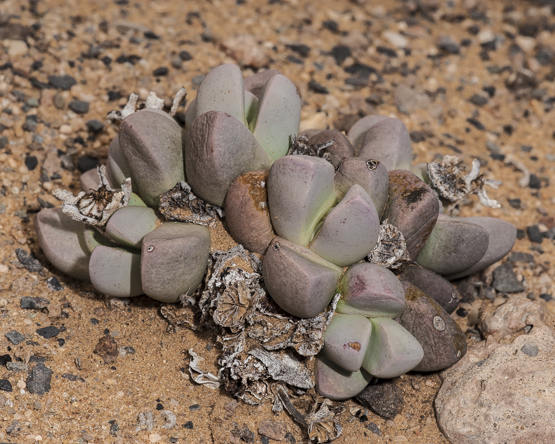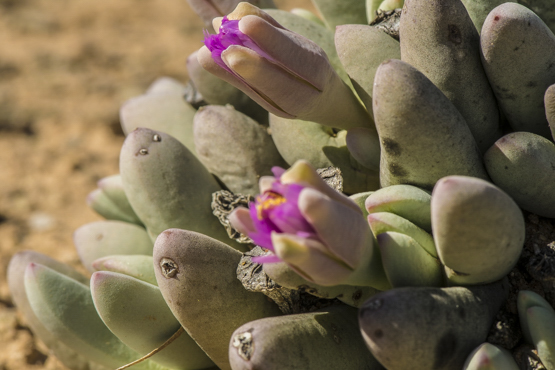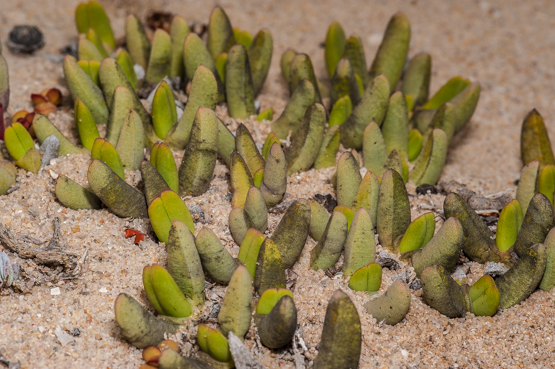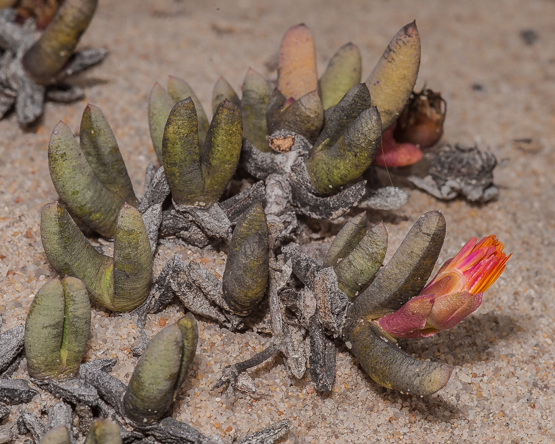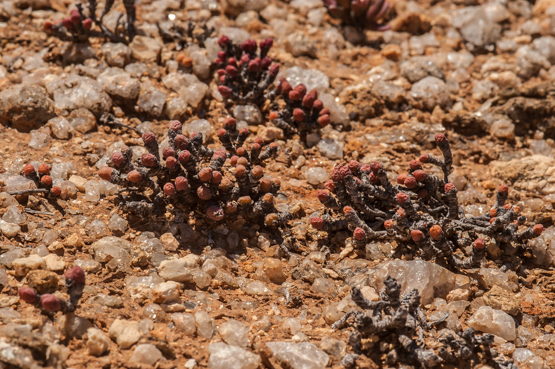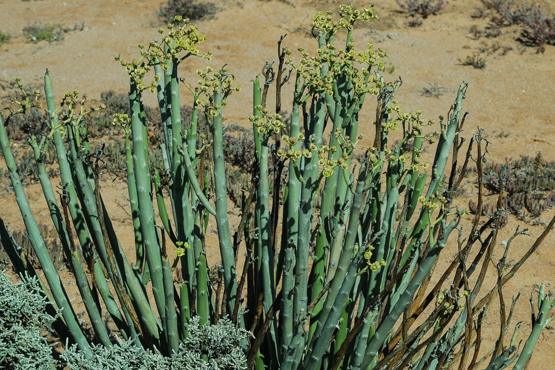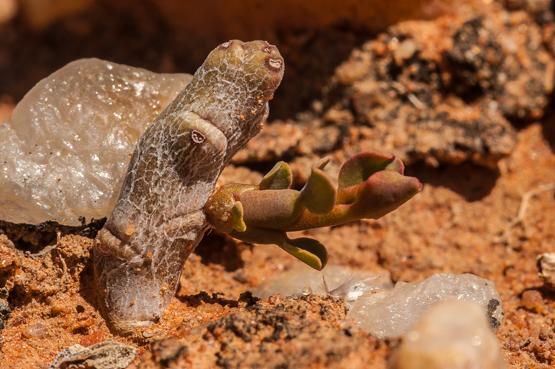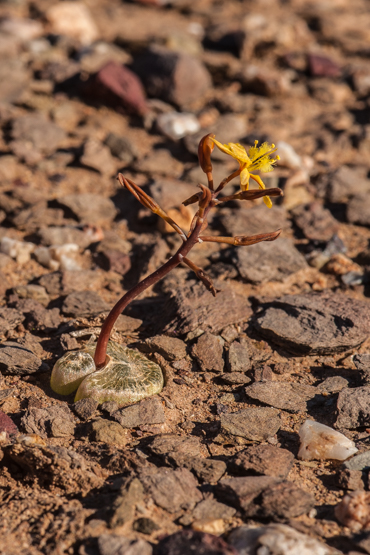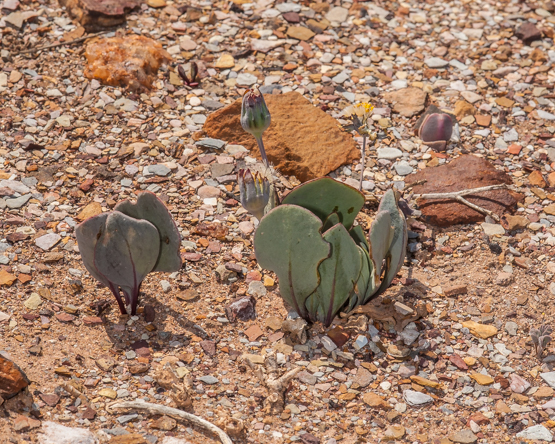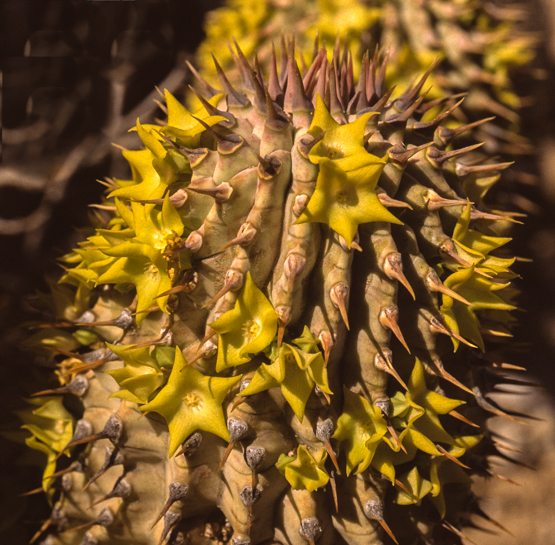Plants of this species form small compact cushions to 5 cm tall and 16 cm in diameter, with leaves 2.5-4.5 cm long.
The honey-scented flowers open in late afternoon and stay open for most of the night. They are magenta or white, up to 3.5 cm in diameter and appear mainly in July-August.
The plants grow in gravelly plains and rock crevices from southern Namibia to northern Namaqualand. Rainfall in this area is on average less than 100 mm per year and occurs mainly in winter.
Mesembs of the world (1998) supplies the following snippet of information: “Dracophilus plants are not very popular but are nevertheless often seen in collections”. In other words, many people do not really like them but still grow them. To me this seems to indicate that a lot of succulent growers are masochists, but maybe I’m just missing something here. I do however fully agree with another remark in the book : ”When well-grown, they can be very beautiful”.

